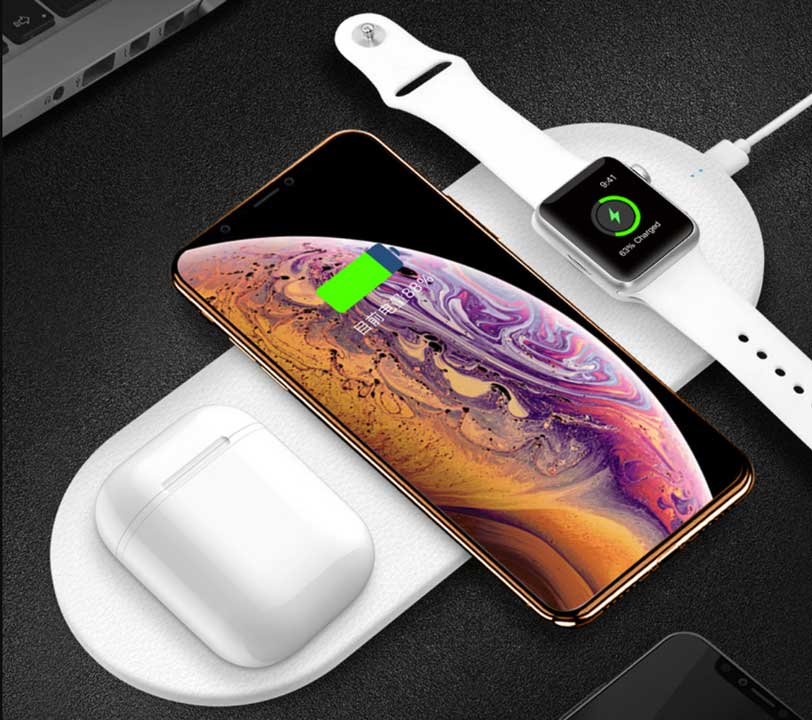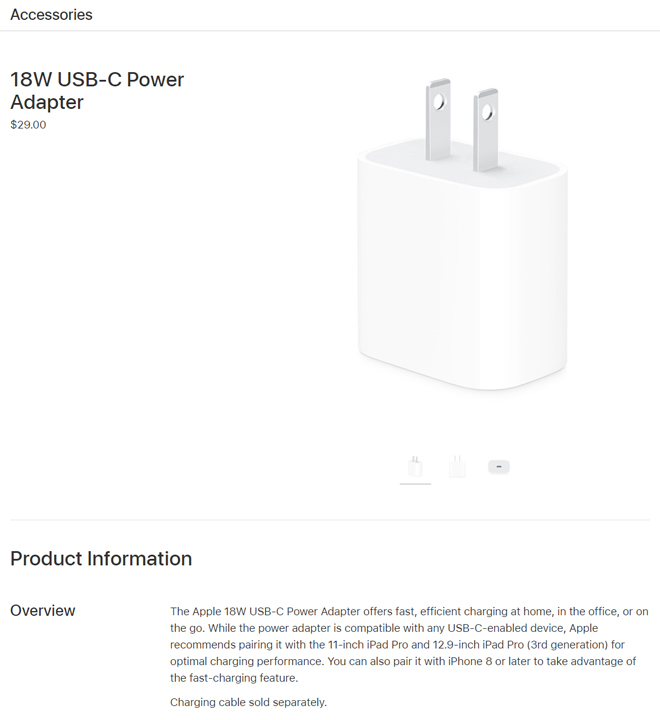
Technology
16:32, 30-Mar-2019
Why did Apple give up on wireless charging mat AirPower?
By Gong Zhe

Apple's AirPower, a wireless charging mat that can charge an iPhone, an Apple Watch and a pair of AirPods all at the same time, is officially cancelled due to its low quality.
"We've concluded AirPower will not achieve our high standards," an Apple manager told media in an email on Saturday.
The company said they are sorry to disappoint its users, some of whom have been waiting for a year and a half since the announcement in September 2017.
Apple promised to start selling the device in 2018 but failed to do so.
The tech giant didn't explain the details of the failure, but tech fans and the media have started speculating. One explanation is that the concept of AirPower goes against the laws of physics, meaning it's theoretically impossible to build such a charger mat.
"Specifically, I've heard that they ran too hot because the 3D charging coils in close proximity to one another required very, very cautious power management," said TechCrunch reporter Matthew Panzarino.
Apple started using wireless charging on its iPhone since 2017, but the iPhone does not come with a wireless charger. Actually, the company has never sold a self-branded wireless charger. All iPhone wireless charger on Apple's official store were made by third-party brands like Belkin.
Fortunately, the charging standard is not locked to the Apple ecosystem so all chargers compatible with Qi technology can bring power to an iPhone X without a cable.
But lacking an official charger still means Apple's product line has a gap to fill.
And there are others doing it. Many alternative chargers can be found on e-commerce websites, using other methods to make the charging mat possible. With these chargers, you can't just toss the gadgets on the mat randomly like Apple promised with the AirPower. You have to put them carefully on certain spots. Some chargers use a wired stand to charge the AirPods. These chargers aren't as cool as the impossible AirPower, but they work as intended and have been there for a while.

A non-Apple wireless charger mat for Apple products. /Screenshot from Taobao
A non-Apple wireless charger mat for Apple products. /Screenshot from Taobao
At least 1,000 such alternatives were sold on Taobao last month.
By the way, the death of AirPower may also affect the sales of the new AirPods, as the wireless charging box has become less charming without the mat.
There are additional problems with iPhone charging. Though Apple fans need to pay a premium for the smartphones, the company has never given a fast charger to users for free.
iPhone X can be charged quickly with an adapter that outputs 18 watts. But the out-of-the-box charger can only output 5 watts. Users have to buy another charger to make it possible, which is priced 29 U.S. dollars without a cable on Apple's official web store.

The price of a 18-watt wired charger without the wire. /Screenshot from Apple
The price of a 18-watt wired charger without the wire. /Screenshot from Apple
Apple said the iPhones can be charged with a 87-watt charger. But the output is still limited to 18 watts, which is slower than most fast-charging technologies on the market.
Chinese smartphone brand OPPO developed the "SuperVOOC" technology, which puts two half-sized batteries in one phone to achieve 50-watt charging.
Xiaomi is also working on its "Super Charge Turbo" technology which enables a charger to provide a 100-watt output and fully charge a large battery-powered phone in 17 minutes.

SITEMAP
Copyright © 2018 CGTN. Beijing ICP prepared NO.16065310-3
Copyright © 2018 CGTN. Beijing ICP prepared NO.16065310-3